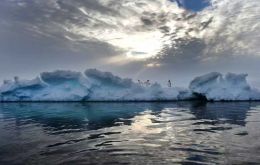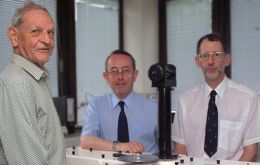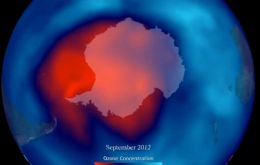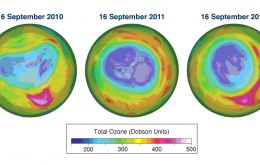MercoPress. South Atlantic News Agency
Tag: Antarctic Ozone
-
Wednesday, November 22nd 2023 - 23:27 UTC
Concern over the ozone layer hole evolution in austral mid spring, NZ report

The hole in the Antarctic ozone layer has been getting deeper in austral mid-spring over the last two decades, according to New Zealand researchers working with scientists from Otago University and published in a new study in the journal Nature Communications.
-
Saturday, July 2nd 2016 - 09:20 UTC
Antarctic ozone hole is finally starting to heal according to study published in Science

Nearly thirty years after an international treaty banned the use of chlorofluorocarbons, the Antarctic ozone hole is finally starting to heal. By mid to late century, it should be fully recovered.
-
Tuesday, May 14th 2013 - 05:35 UTC
Falklands’ linked scientist who helped identify ozone layer hole has died

The British Antarctic Survey scientist Joe Farman, who helped identify the “hole” in the ozone layer over the southern pole, has died. Dr Farman who was also a scientific officer at the Falkland Islands Dependency Survey, published the discovery with Brian Gardiner and Jon Shanklin in the Journal Nature in 1985.
-
Thursday, October 25th 2012 - 23:48 UTC
Antarctic ozone hole in 2012, the second smallest in the last 20 years, says NASA

The average area covered by the Antarctic ozone hole this year was the second smallest in the last 20 years, according to data from NASA and National Oceanic and Atmospheric Administration (NOAA) satellites. Scientists attribute the change to warmer temperatures in the Antarctic lower stratosphere.
-
Monday, September 17th 2012 - 01:22 UTC
Ozone protection Montreal agreement, “a showcase of environmental cooperation”

An international agreement to phase out chemicals which attack the Earth’s vital ozone shield celebrates its 25th anniversary as a showcase for successful global environmental cooperation, “protecting our atmosphere for generations to come.”
